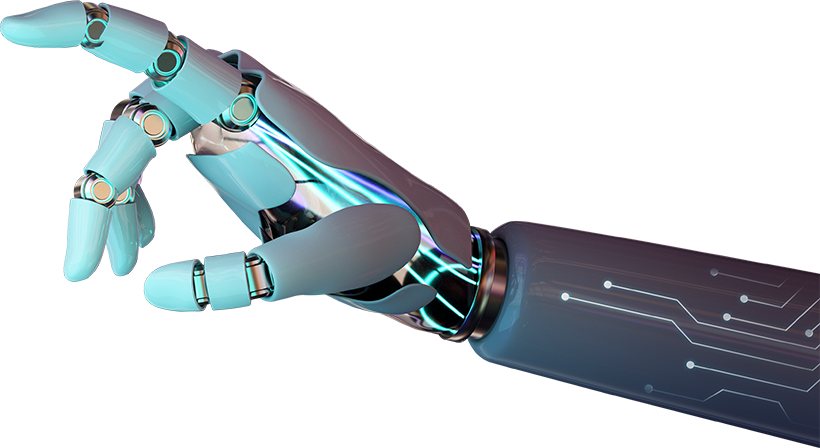
Nimbus Kids Educational App
Zevoir Technologies and Nimbus Kids collaborated on a mobile app employing AI for children's learning. It integrates advanced tech with a chatbot, revolutionizing educational engagement. This showcases innovative technology's impact on effective learning experiences.





